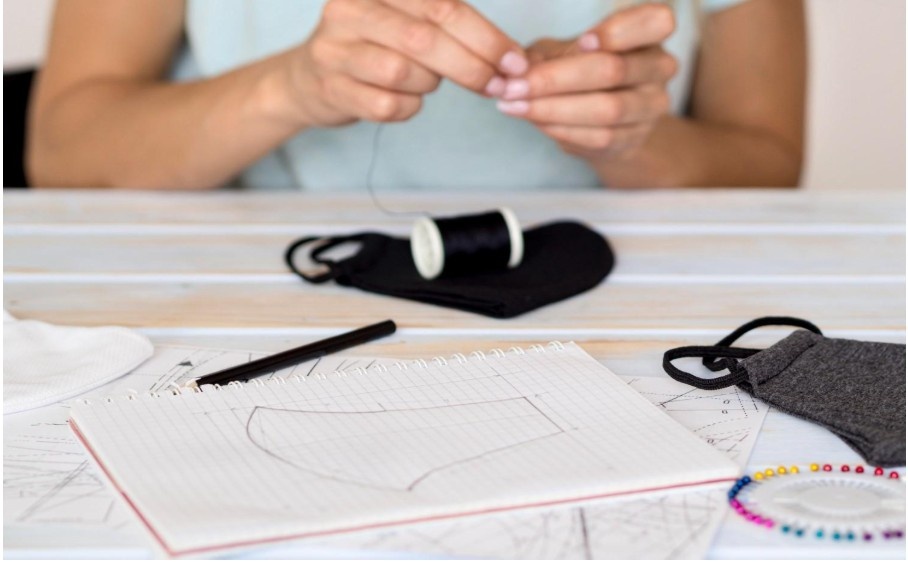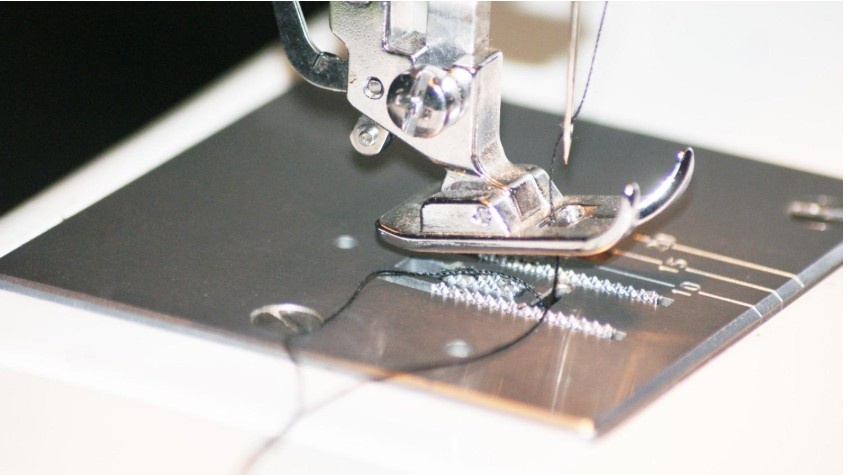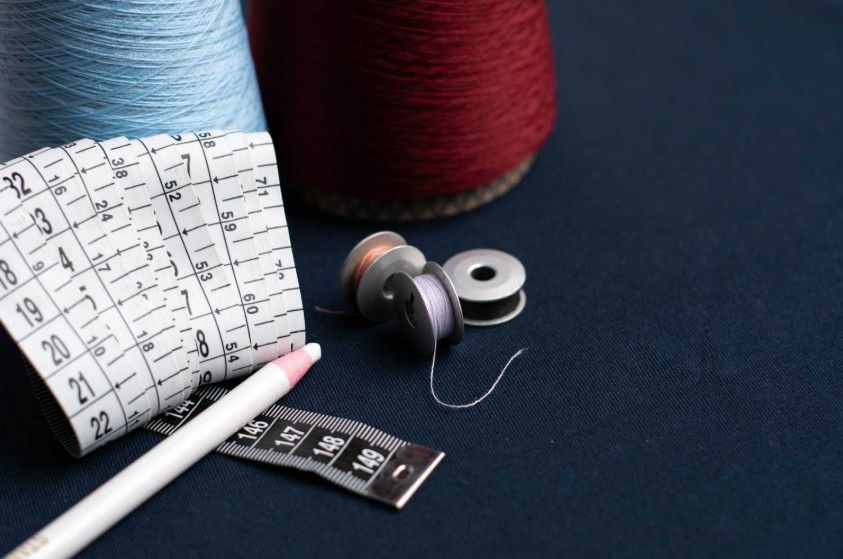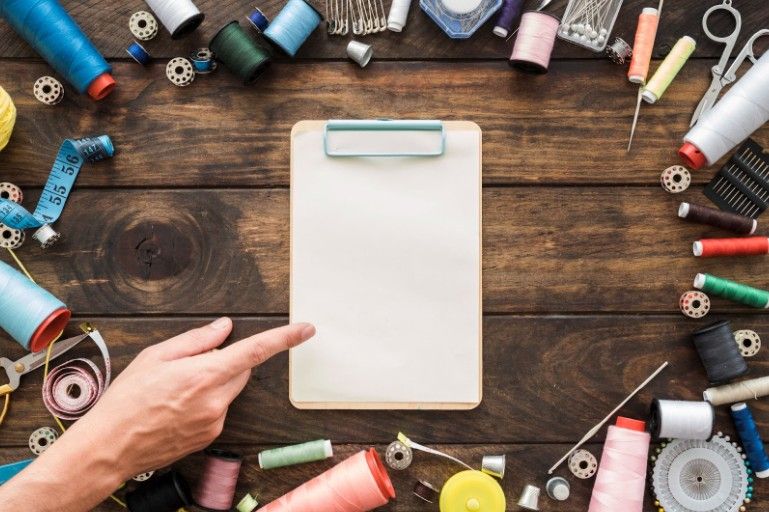
When it comes to sewing, getting the right tools is crucial, and one of the most important components of your sewing machine is the hook. The right hook size ensures smooth stitching, prevents thread jams, and ultimately gives your fabric the cleanest finish. But with so many options available, how do you choose the right hook size for your machine?
In this blog, we’ll dive into everything you need to know about hook size charts for sewing. Whether you’re new to sewing or looking to improve your skills, we’ve got you covered with easy-to-understand tips and a comprehensive guide to hook sizes.
What is a Hook Size Chart for Sewing?
A hook size chart for sewing is a reference guide that helps you choose the right size hook for your sewing machine. The hook in a sewing machine plays an essential role in forming stitches, and its size is important because it ensures compatibility with the needle and thread you’re using. Hook sizes can vary based on the machine’s model and the type of stitch you want to achieve.
Understanding this chart is key to achieving high-quality stitches and avoiding thread tension issues. So, let’s take a look at the different sizes and how to choose the right one for your needs!

How to Read a Hook Size Chart for Sewing Machines
The hook size chart for sewing typically lists hook sizes based on the machine’s make and model, as well as the type of thread you’re using. Here’s what you should know:
Standard Hook Sizes (Small, Medium, Large):
Small Hooks: These are typically used for lightweight fabrics like cotton, silk, and tulle. These hooks are smaller in diameter and work best with finer threads.
Medium Hooks: Ideal for medium-weight fabrics like denim, cotton blends, and some upholstery materials. Medium hooks work well with standard threads.
Large Hooks: Used for heavy-duty fabrics such as leather, canvas, and thicker wool fabrics. These hooks accommodate thicker threads like polyester or cotton-wrapped threads.
Needle and Hook Compatibility: The hook size you choose must match the size of the needle. For instance, a size 70 needle (a fine needle) will require a smaller hook, whereas a size 110 needle (a thicker needle) needs a larger hook.

Which Hook Size Is Best for Your Sewing Project?
Choosing the right hook size depends on the type of fabric you’re working with and the kind of stitch you want to create. Here’s a quick guide:
- Lightweight Fabrics (Cotton, Silk, Chiffon):
- Recommended Hook Size: Small hook (up to size 8)
- Thread Type: Fine cotton, polyester threads
- Medium-Weight Fabrics (Denim, Cotton Blends, Quilting Fabrics):
- Recommended Hook Size: Medium hook (size 10-14)
- Thread Type: All-purpose polyester, cotton-wrapped threads
- Heavyweight Fabrics (Leather, Canvas, Upholstery):
- Recommended Hook Size: Large hook (size 16+)
- Thread Type: Heavy-duty threads (nylon, heavy polyester)
- Embroidery:
- Recommended Hook Size: Special embroidery hooks
- Thread Type: Embroidery threads (rayon, polyester)
The key to selecting the right hook size is matching it to the fabric’s thickness and the thread type, ensuring your machine performs at its best.

Why Does Hook Size Matter in Sewing?
A sewing hook is responsible for catching the bobbin thread and looping it with the top thread to form a stitch. If the hook size doesn’t match the needle and fabric, you could experience various problems like:
- Uneven Stitching: If the hook is too small, it might struggle to catch the bobbin thread, leading to skipped stitches or irregular stitching.
- Thread Jams: A hook that’s too large for the fabric or thread can cause tension issues, resulting in thread bunching up under the fabric.
- Fabric Damage: A hook that doesn’t fit properly can cause pulling or damage to delicate fabrics.
Ensuring you have the right hook size for your project is vital for both the quality of your sewing and the longevity of your sewing machine.
Frequently Asked Questions About Hook Size for Sewing
1. How do I know what hook size to use?
To determine the correct hook size, consider the fabric type and the needle size. Always check the machine’s manual for specific hook size recommendations. For most standard sewing projects, a medium-sized hook is a good place to start.
2. Can I use any hook size with my sewing machine?
Not necessarily. Sewing machines are designed to work with specific hook sizes. Using the wrong size could lead to thread jams or poor stitch quality. Always use the recommended hook size for your machine.
3. Does the hook size affect the type of stitch I can make?
Yes, the hook size can influence the types of stitches your machine can create. For example, small hooks are often used for fine stitches, while larger hooks are suitable for heavy-duty stitching or embroidery.
4. Can I use a universal hook size for all types of fabric?
No, different fabrics require different hook sizes. Light fabrics need smaller hooks, while heavy fabrics require larger hooks. Check your sewing machine’s manual for guidance.
Conclusion: Get the Right Hook for Perfect Stitches
Choosing the right hook size is an essential step in ensuring your sewing machine operates smoothly and your projects turn out perfectly. Whether you’re working with delicate fabrics or tough leather, using the right hook size will make all the difference.
So next time you’re ready to sew, refer to the hook size chart for sewing and ensure that you’re using the correct hook for your fabric, needle, and thread. With the right hook, you’ll be able to create beautiful, professional-looking stitches every time.



